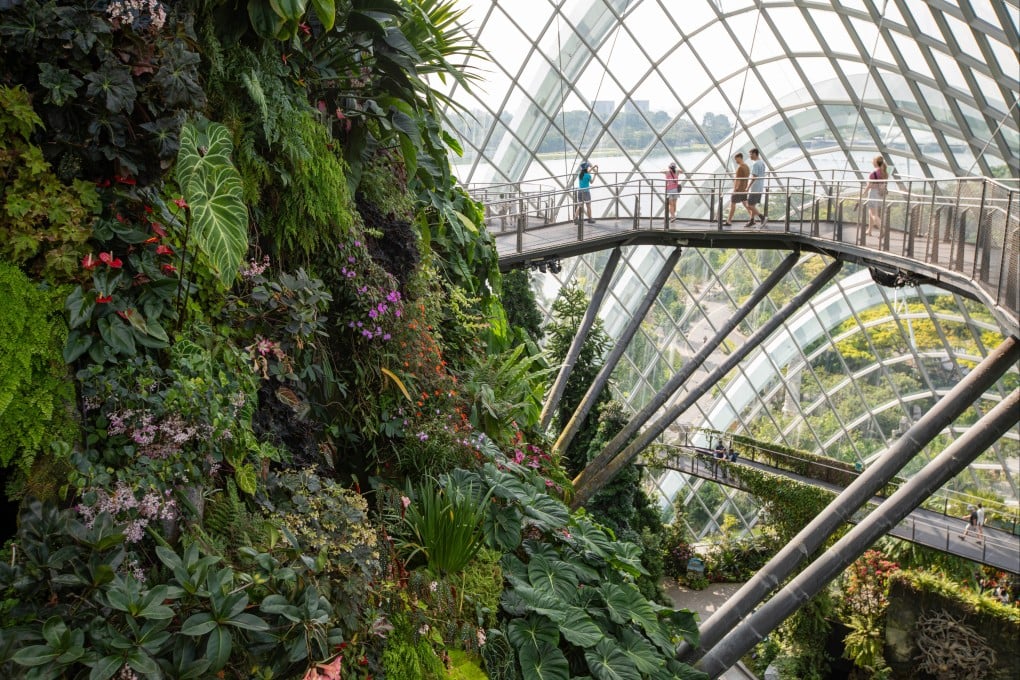Why Singapore has devoted decades to naturalising the city – but is it prepared for the changing climate?
Singapore’s evolution from Garden City to City in Nature has been the latest step in a decades-long process by which an urban population is learning to coexist with the natural world

The wooden boards creak beneath our feet as we venture into the humid woods, with only a few flashlights to help navigate through the tropical night.
Below, the mangrove forest is bursting with mud lobsters, tree-climbing crabs and water snakes, all searching for food now the scorching sun has sunk. A monitor lizard is sleeping on a nearby trunk while owls hoot from up in the tree canopy.

Suddenly, illuminated in the beam of a flashlight is one of tonight’s most sought-after animals: a thin, green oriental whip snake camouflaged under the foliage. A few steps ahead, a venomous shore pit viper hides under a branch, patiently waiting for a small rodent to approach.
Our group – families with children, young couples and a few nature aficionados – gathers around the guide, as she lists diets, habits and habitats.
“In my childhood, snakes used to be beaten to death. Nowadays, children take pictures of them,” comments a middle-aged participant. “We are moving in the right direction.”

The setting may resemble a jungle, but we are in urban Pasir Ris Park in Singapore, the world’s second most densely populated country. Tonight’s wildlife adventure was organised by The Untamed Paths, whose tours focus on the richness of the city state’s biodiversity, the result of a visionary plan Singapore has been developing since independence in 1965.
